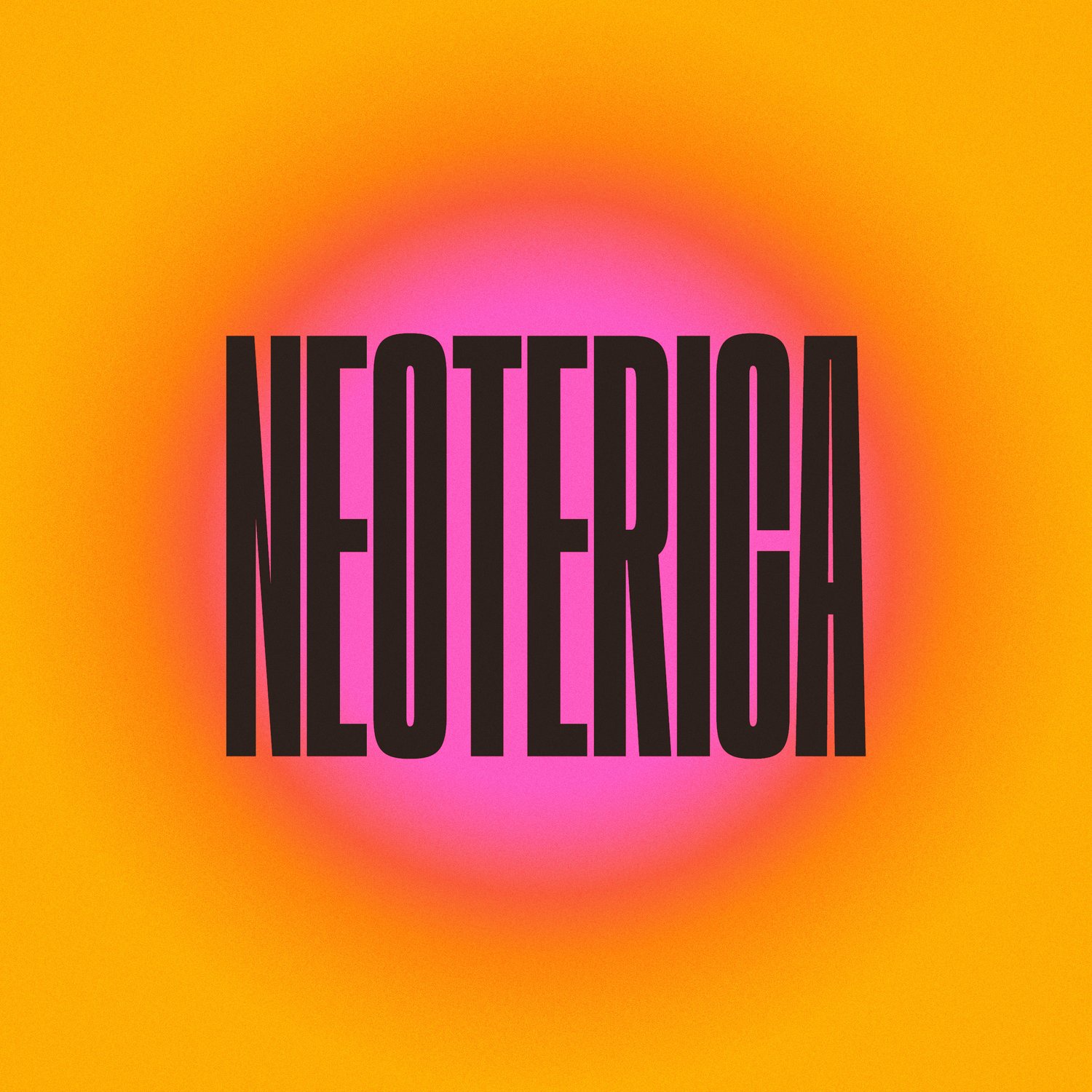Meg Riley
Meg Riley writes about Deirdre Feeney in Neoterica 2024.
Deirdre Feeney and the Mysterious Apparatus
In a darkened space, a Victorian-looking device sits on a metal tripod around 1.5m high. At the peak of the tripod is a flat, 48-sided polygon fitted with pale resin objects. The apparatus is topped with a 19th century brass objective lens. It evokes telescopes in rooms of enlightenment, and a closer look at the resin objects shows many tiny, never ending rectangular hallways. This is Deirdre Feeney’s Hallway, an apparatus which throws an array of moving images against the wall, illuminating a hallway with a receding staircase.
People try to put their hand into the generated images, bumping into the solid wall. The ghostly projections pulsate back and forth, unaffected by the viewers’ experiments to engage with them.
Deirdre Feeney is a deeply thoughtful, experimental artist working in an area where the definitions of art and science become irrelevant in the face of human technological experimentation. Feeney has previously worked with glass, and this work brings the materiality of glass to use in printed resin and the optical lens; both glass artists and photographers could be said to be light artists, which this work plays with. The historical efforts she draws on did not fit into a clear category either, as they pushed new technologies and ways of seeing.
In the late 1900s, Émile Reynaud was experimenting and creating various animation techniques, culminating in his Théâtre Optique.1 Much like the circle of resin objects in Feeney’s Hallway, this large device involved a circle of slides, a light and mirror, and a projection onto a screen. In the Théâtre Optique, the audience was on the other side of the screen, marveling at the magical new moving images, a precursor to modern cinema.2 The device that produced these images was a secret behind a sheet of fabric.
In Hallway however, we see the apparatus, an essential element of the experience of this artwork. As Feeney says, the apparatus is ‘decloaked’.3 An inverse of Reynaud’s Théâtre Optique, where the audience could only see a magical moving image on a screen, the entire apparatus of Hallway sits exposed. And then, in another flip, the exposure without explanation is a complete mystery. We as viewers are unsure of the optical mechanisms at work and lured in by the dynamic generated images.
The piece draws on historical elements to push the moving image into a new framework. The artwork exists in the gently pulsating lights on the wall, in people’s gazes on them, in the individually-crafted resin objects within the apparatus, and in the display of the apparatus. And in the creation of it. Feeney has also coined the term ‘time-light’3 as an expression of the form of optically generated time of movement and light present within the artwork.
While there are several ways to understand Hallway, possibly the best way to experience it would be in the making of it; it is a part of the historical line of experiments in light and image-making. When we make something through experimentation, we can discover what it will do; until that point, we are not sure how things come together. It is an experiment on Feeney’s side and an experience on our side, one which requires at both ends time, deliberation, and experimentation.
1 Stephen Herbert, “Charles-Émile Reynaud,” Who's Who of Victorian Cinema, accessed January 12, 2024. https://www.victorian-cinema.net/sources#mannoni
2 Australian Centre for the Moving Image. “Théâtre Optique,” ACMI, accessed January 10, 2024. https://www.acmi.net.au/works/100579--theatre-optique/
3 Feeney, Deirdre. “Achronologies, Materiality and Mechanics of Time in Optical Moving Image Systems,” Animation, Volume 18, Issue 1. https://journals.sagepub.com/doi/10.1177/17468477231155801
Meg Riley is a disabled and autistic artist, writer and audio describer. In her day job she makes the arts more accessible, facilitating disability access training and consultation and finding creative access solutions. Meg is a painter and drawer, and has worked across other media including bookbinding, embroidery and glassblowing. They have been exhibiting since 2009 and have been artist-in-residence in Hrisey, Iceland, as well as working in group studios including Holy Rollers, the Mill, Fontanelle and Praxis Artspace. Most recently they have exhibited with Post Office Projects, for which they received a Richard Llewellyn Grant. Meg’s writing has been published in Fineprint and On Dit, and some of her audio description of artworks can be found online on the Adelaide Contemporary Experimental, National Gallery of Victoria and National Portrait Gallery websites.

